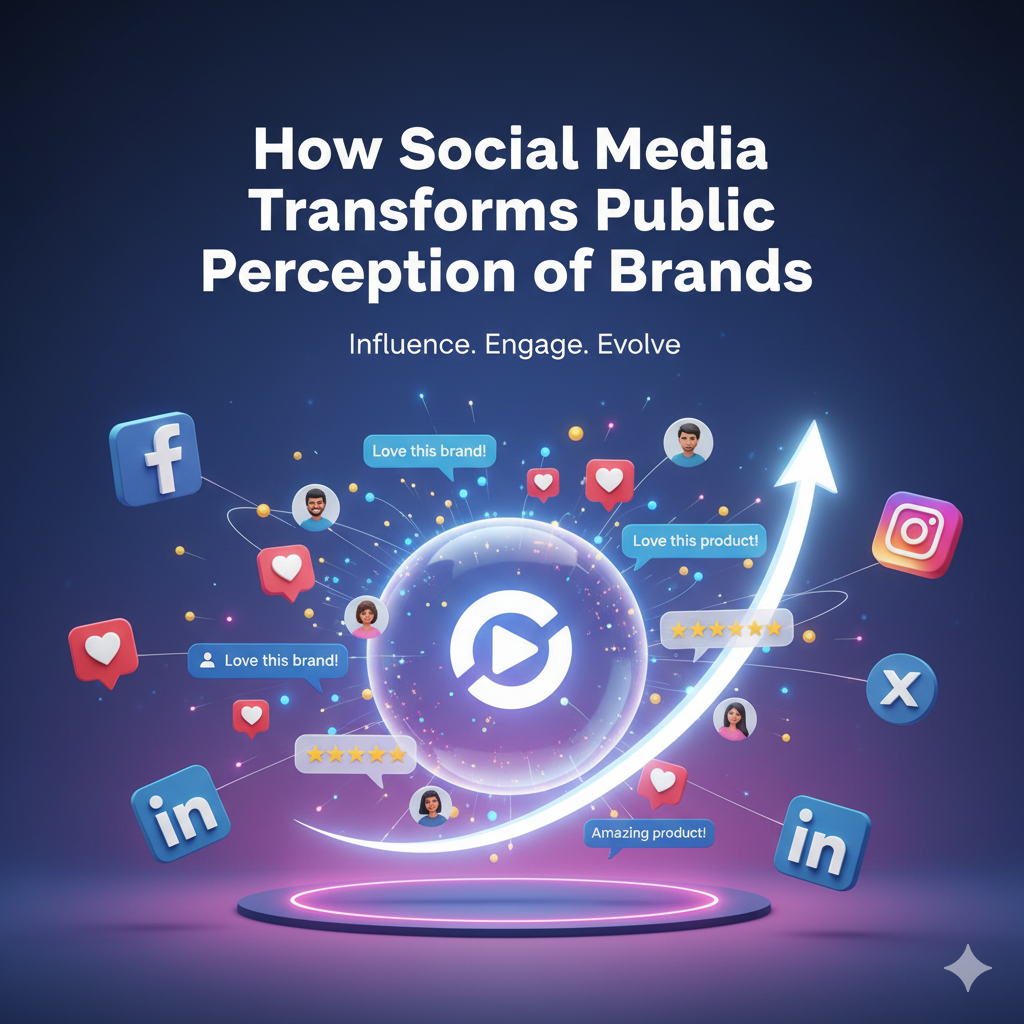
How Social Media Transforms Public Perception of Brands
1. The Power of Social Media in Shaping Brand Image
In today’s digital era, social media has become one of the most influential tools in shaping how people perceive brands. Unlike traditional marketing, where communication was one-way, social media allows two-way interaction—giving customers a voice and brands a chance to build relationships. Platforms like Facebook, Instagram, X (Twitter), and TikTok have redefined what it means for a brand to be “trusted,” “authentic,” or “relevant.”
Every like, comment, or share becomes part of a larger narrative that forms a brand’s public identity. A single viral post can enhance a company’s reputation overnight, while a negative trend can challenge years of effort—showing the immense impact of social perception online.
2. From Awareness to Trust: Building Emotional Connections
Social media isn’t just about visibility—it’s about emotional connection. When brands share real stories, respond to feedback, and engage in transparent communication, they build genuine trust. Consumers today expect brands to be human, not just corporate.
For example, user-generated content (UGC), influencer collaborations, and behind-the-scenes posts help humanize a brand. They allow audiences to see values, missions, and people behind the logo—making them more likely to engage, recommend, and stay loyal.
3. The Role of Consistent Branding Across Platforms
Maintaining consistency across multiple platforms is crucial in shaping perception. A unified tone, visual identity, and message help audiences recognize and remember a brand easily. Inconsistent messaging can confuse followers and weaken credibility.
Successful brands ensure their social media presence reflects their core values—whether through engaging visuals, professional responses, or community involvement. Consistency reinforces recognition and builds confidence over time.
4. Responding to Crises and Managing Public Perception
Social media can also become a battlefield during a crisis. Negative comments, misinformation, or PR issues can spread quickly. However, when handled professionally, these moments can be turned into opportunities to demonstrate accountability and transparency.
Brands that respond promptly, address concerns openly, and show empathy often gain respect rather than losing it. Strategic SMM (Social Media Marketing) can therefore protect—and even strengthen—brand reputation in difficult times.
5. Measuring Brand Perception through Data and Feedback
Analytics tools such as sentiment analysis, engagement metrics, and customer feedback surveys help businesses understand how their brand is being perceived online. By tracking these KPIs, companies can identify areas of improvement, optimize their campaigns, and adapt their communication strategies to align with audience expectations.
Conclusion
Social media has transformed how brands connect with audiences—turning perception into an ongoing conversation rather than a fixed impression. With the right strategy, authenticity, and engagement, any brand can shape a positive image that resonates deeply with the public and stands the test of time.
📌 Visit Us: STABLESMP.COM
Suggested Keywords:
- Stable SMP
- social media panel
- SMM services
- social media marketing
- SMM reseller panel
- buy social media services
- social media growth
- increase social media engagement
- social media management
- affordable SMM panel
Date: 05/10/2025